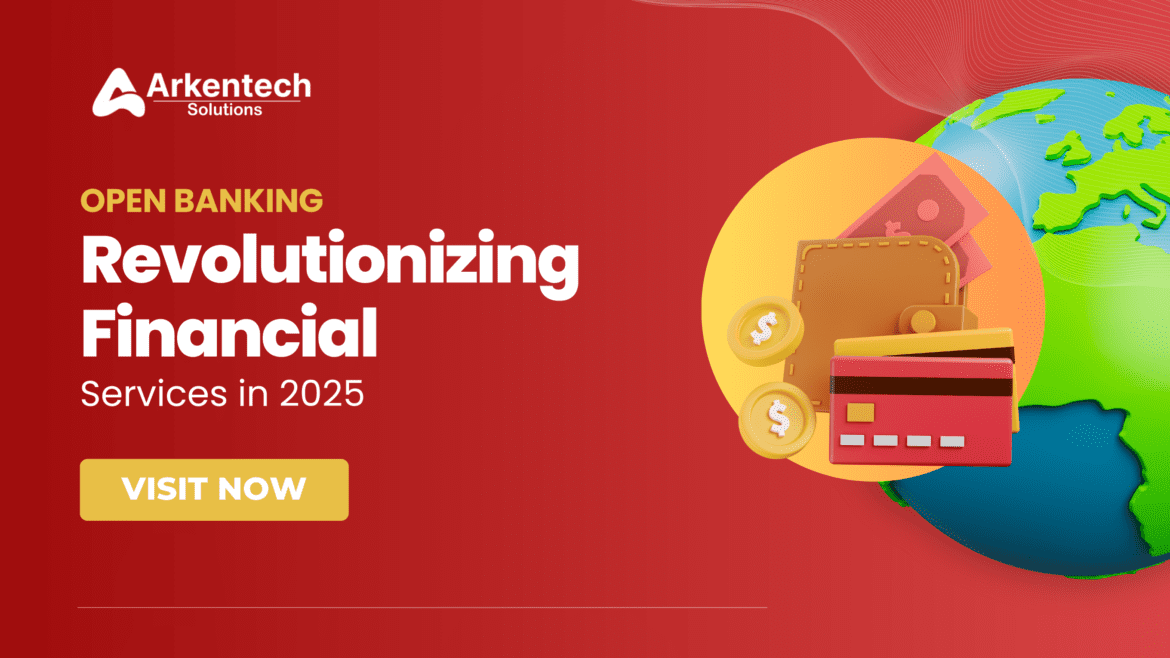What is Open Bank?
Open Banking is a financial technology that can change third-party providers access to consumer bank data with the consent of the user to SAFI API. This approach gives customers more control over financial information and enables new services such as budget equipment, lending platforms and financial analysis of real time.
This is no longer a concept. By 2025, Open Banking is already mainstream in many countries, explaining how banks and consumers interact.
How open bank works
According to the open bank framework, banks must open their payments and account information authorized by third -party providers. This application is achieved through the programming interface (API) which maintains high data protection, ensuring even interoperability.
Here’s how it works:
- Customers allow them to share their financial data.
- APIs transfer this data safely to fintech applications.
- Different fields show varying levels of compliance with data protection laws, such as the GDPR in Europe
The benefits of open banking business
Open Bank offers a number of benefits for both consumers and financial institutions:
For consumers:
- Personal financial services: Fintech users can provide financial advice based on data.
- Better transparency: Users can compare banking in real time.
- Better control: Consumers choose who reaches their data.
For businesses:
- Innovation acceleration: Encourage new financial products and services.
- Customer storage: Banks that embrace open platforms remain competitive.
- Opportunities: Partnership between banks and fintech.
Examples: Platforms such as Plad and Yodli already demonstrate the opportunity for open bank globally.
Challenges and security issues
Although there is open bank innovation, it is not without risk:
- Data Privacy: Users worry about who has access to their sensitive information.
- Danger of cyber security: APIs can be weakened if not properly safe.
- Compliance with data protection laws, such as the GDPR in Europe, varies across different fields.
Banks and suppliers should invest in strong encryption, authentication protocol and transparent consent mechanisms to build trust.
Tip: Select only regulated third -party provider for open banking services.
Open Bank in 2025: Further road
The open bank scenario develops rapidly. In 2025 we can expect:
Extended global adoption: Several countries implement open bank rules such as Consumer Data Right in Australia and India’s account collection framework. These models promote secure data sharing and financial inclusion.
AI now pairs real-time transaction data to detect fraud, provide financial guidance, and automate savings with high accuracy.
Open banking faces shortcomings as financial services like banking, payments, and insurance become embedded into non-financial platforms such as e-commerce websites and ride-hailing apps.
Interoperability standards: The increase of standardized APIs in areas supported by groups such as Open Banking Implementation is able to serve different markets with a fast scale and low match barriers to global Fintech platforms.
With biometric verification and granular consent options, users now control what data to share, with whom, and for how longboosting confidence and transparency.
Open Bank in 2025 is not just about Innovation-this is a change to customer-focused finance, which is against inclusion, competition and smart decisions in the global economic ecosystem.
Conclusion
Open Banking is transforming the financial ecosystem by empowering consumers, fostering innovation, and enabling more transparent banking. As we move deeper into 2025, adopting Open Banking isn’t just a tren it’s a strategic move for financial institutions aiming to stay relevant.
Beyond convenience, Open Banking promotes financial literacy and inclusion, allowing underserved populations to access credit, manage debt, and build savings through alternative data insights. For businesses, it’s a path to cost-effective innovation, reduced friction in payments, and new customer acquisition channels.
Regulators and technology providers must work together to ensure Open Banking continues to evolve with robust security frameworks, consumer protections, andinteroperable standards. The institutions that embrace this shift early will not only improve customer experience but also future proof their operations in a rapidly digitizing economy.
Whether you’re a consumer looking for smarter ways to manage money or a business innovating in Fintech, Open Banking is shaping the future of finance and it’s here to stay.

